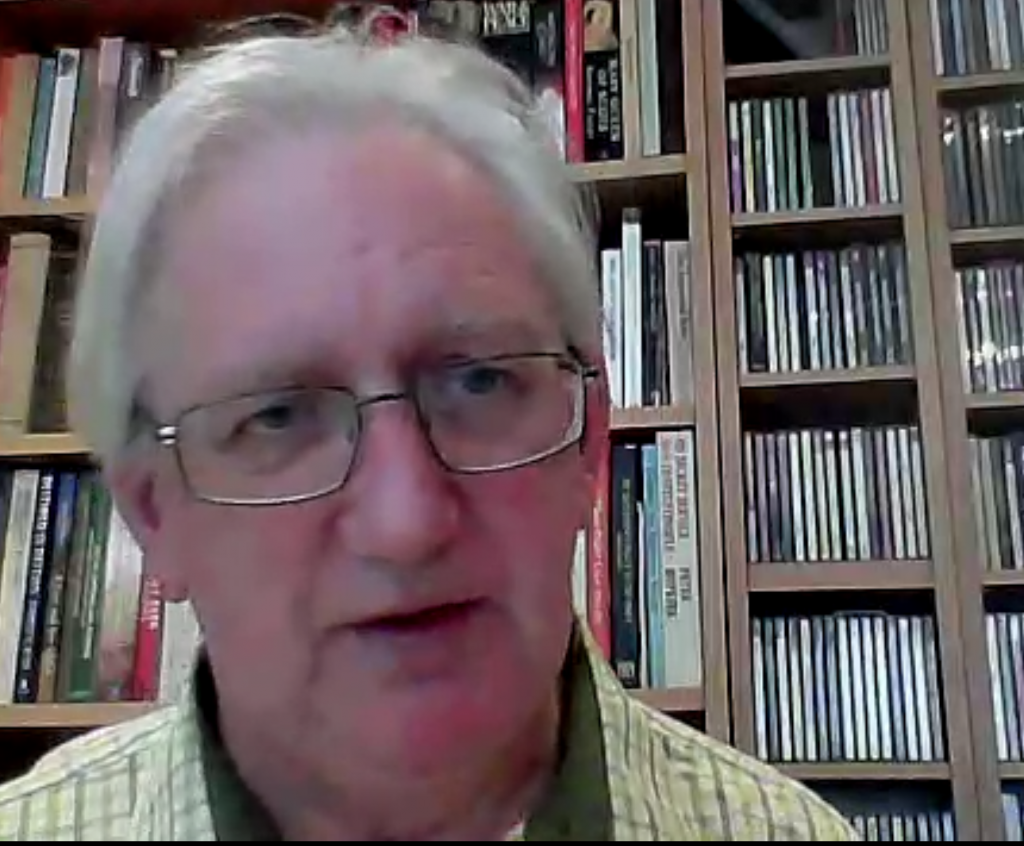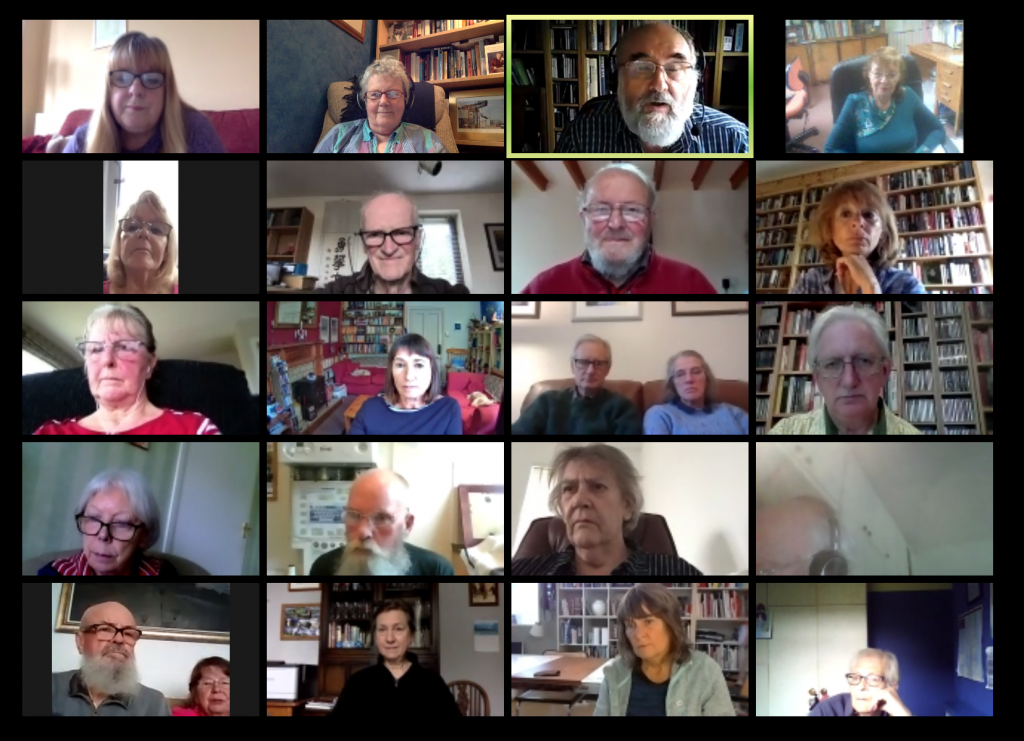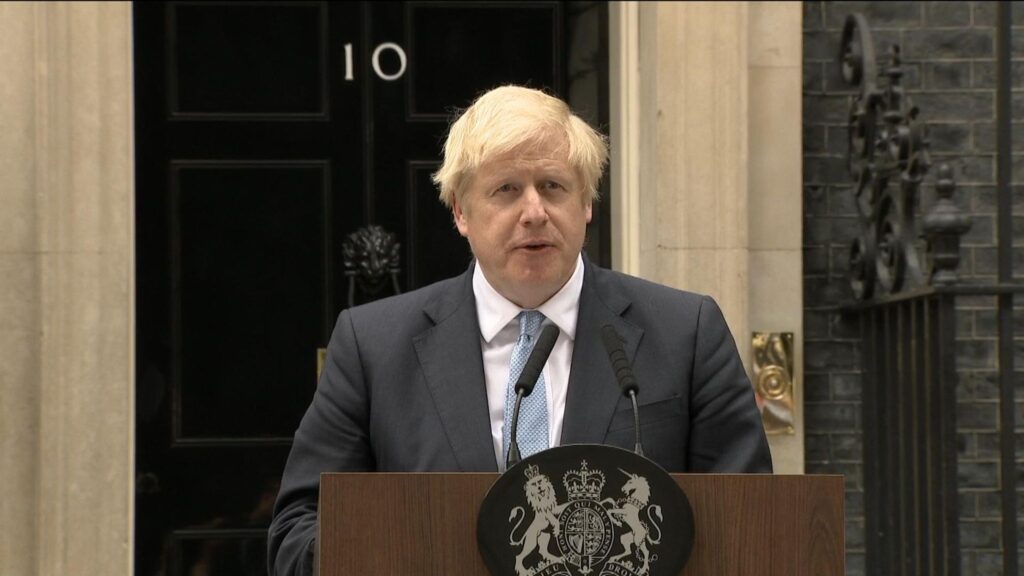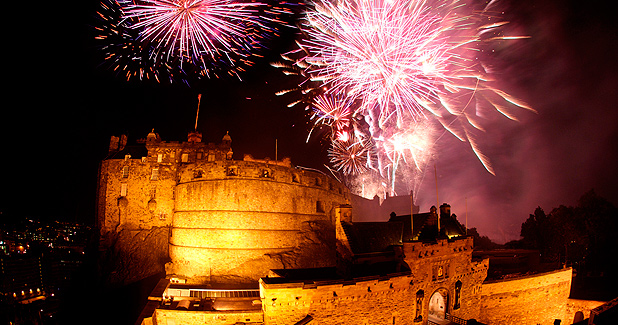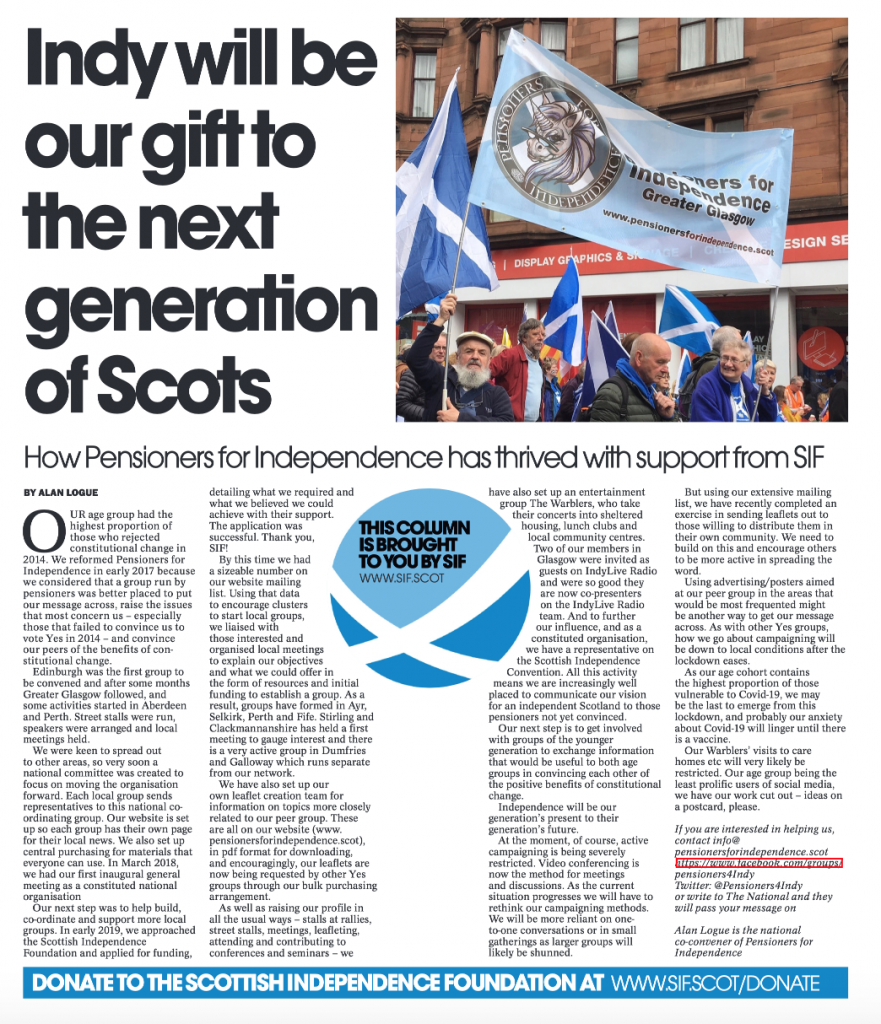It’s been four months since Glasgow P4Indy folk have done any street campaigning. We’ve had online meetings. We’ve had some really good speakers. And we’ve had more people coming to the line meetings than come to our usual monthly meetings in Glasgow city centre.
That all changed a day or so ago ….

Two of our group, Sheena Stephens and Mary McCabe, checked the coronavirus advice (and the weather forecast) and decided that it was OK to get outside and set up some of of our new banners. They tied them to the railings at Alexandra Park. And they set up a wee table with some leaflets. Mary and Sheena kept to the two metre distancing between themselves and any interested passers-by. But that still let them have some good conversations about where Scotland is now with respect to independence. Since then Sheena and Anna have taken a couple of the banners out to Milngavie and restarted our campaigning there – thanks, you two!
I set up a zoom meeting with Mary and Sheena so that I could ask them more about where the banners came from and how the outing went. Val Gauld, another Glasgow P4Indy member, joined us.
You can listen here. Just a heads up, Mary’s audio was playing up. I had to edit some of it out and insert me saying what she’d said. 🥴 We’ll need to get that sorted for next time.
One of our group put the photos on Twitter and on the P4Indy Facebook page. Now we learn that over 14,000 people have seen the tweet. Good to know that people are picking up on P4Indy activism and also that there seems to be an appetite to get out on the streets again. In a safe way, of course.
You can find out more about Grassroots Oban’s Banner Library And here are some of the banner designs in their collection. Use the < and > arrows to move through the slides or click on the thumbnails:

















